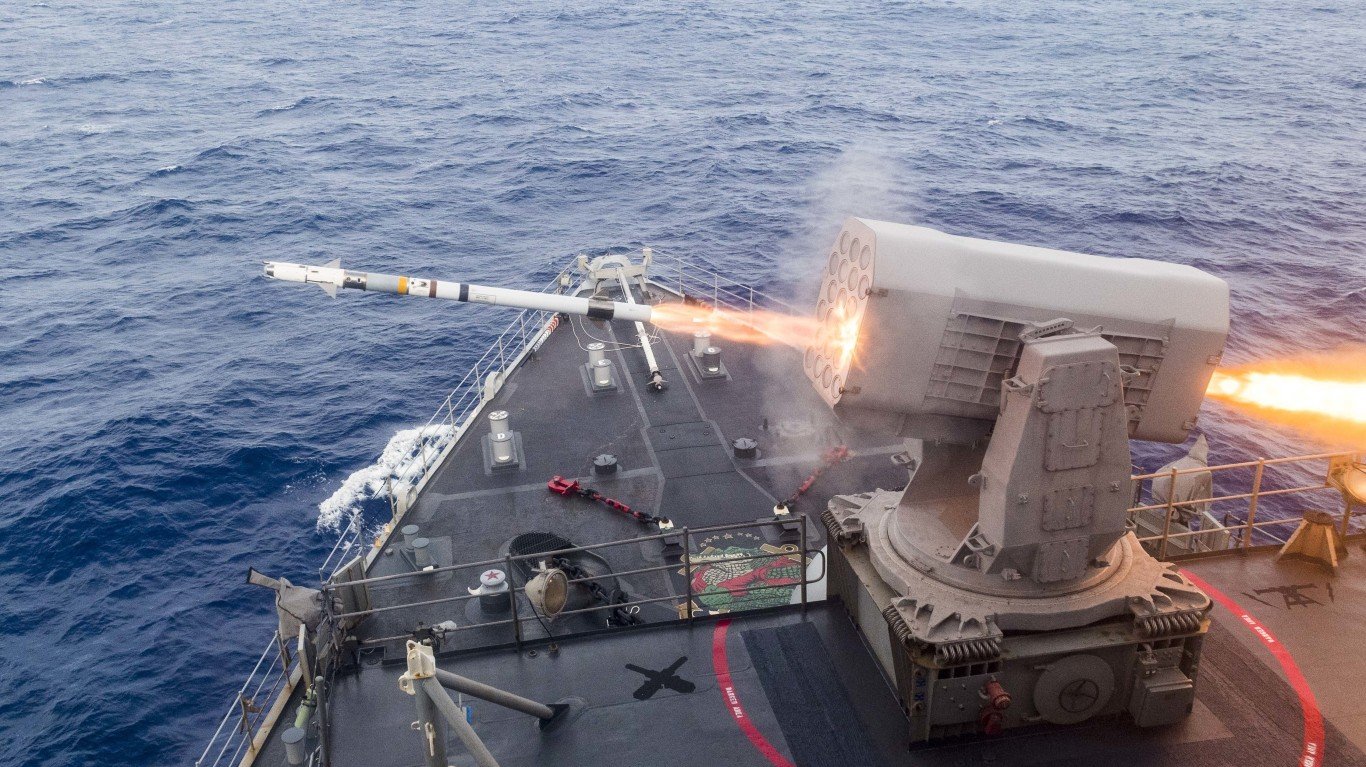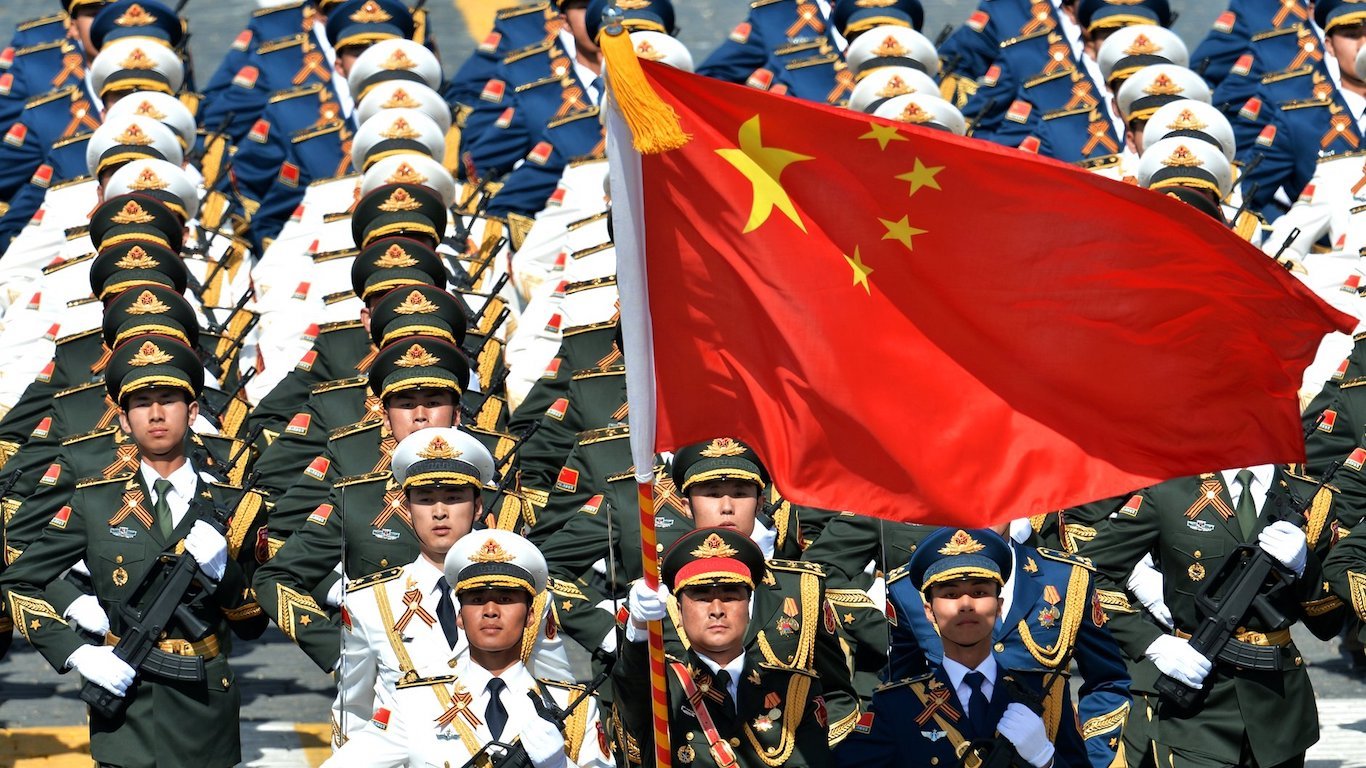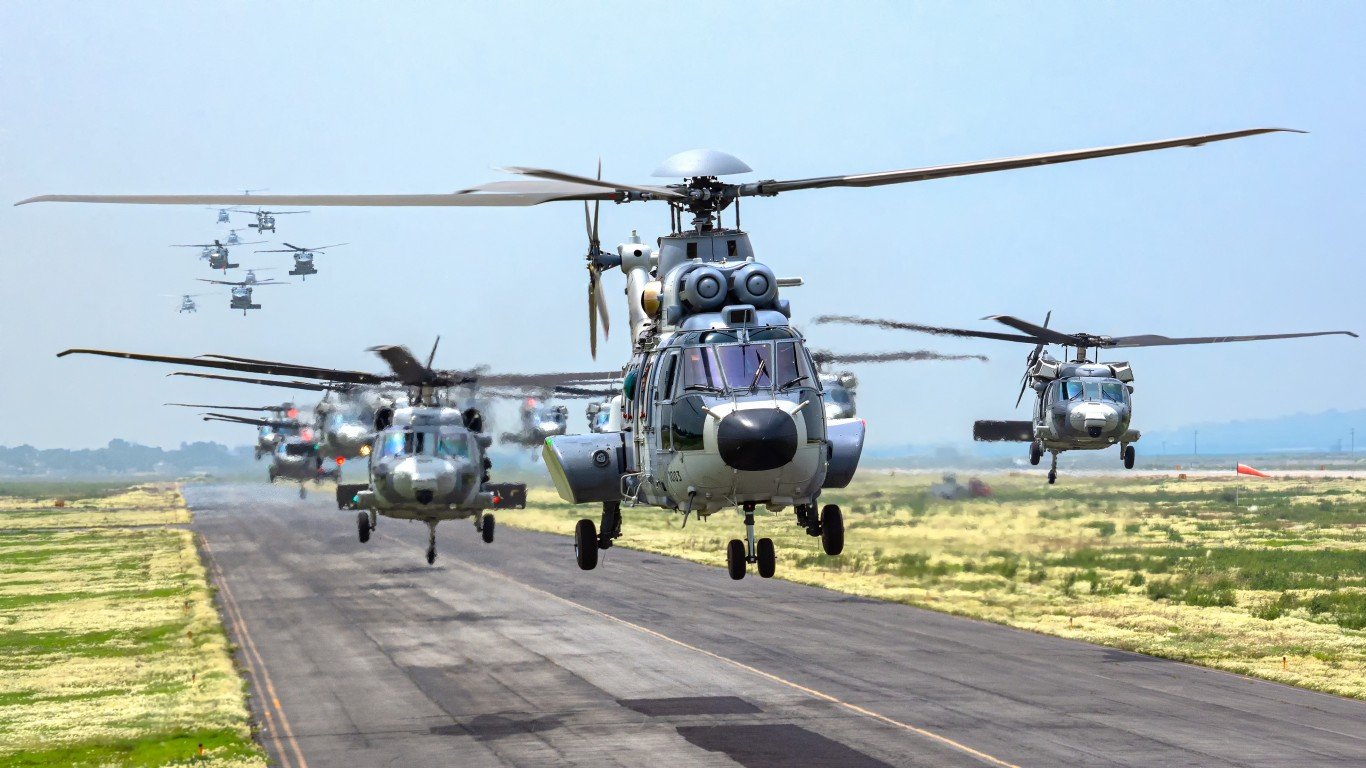

The aftereffects of World War II changed the global landscape and helped to form today’s politics, borders, and military initiatives. Although much has changed since the ’40s, there is a lot that can be learned by looking back in time to the decades directly after the war. Today, we are going to specifically look at the military might of some of the strongest nations in the world during the 1960s, otherwise known as middle of the Cold War era. Let’s get started.
To compile this list, 24/7 Wall Street used historical commentary from PhD holders (Tim Blizzard) regarding the power of certain powers during the Cold War, along with some editorial discretion since there aren’t exactly hard figures to determine some of this. Additionally, the powers are ranked from weakest to strongest.
5. France
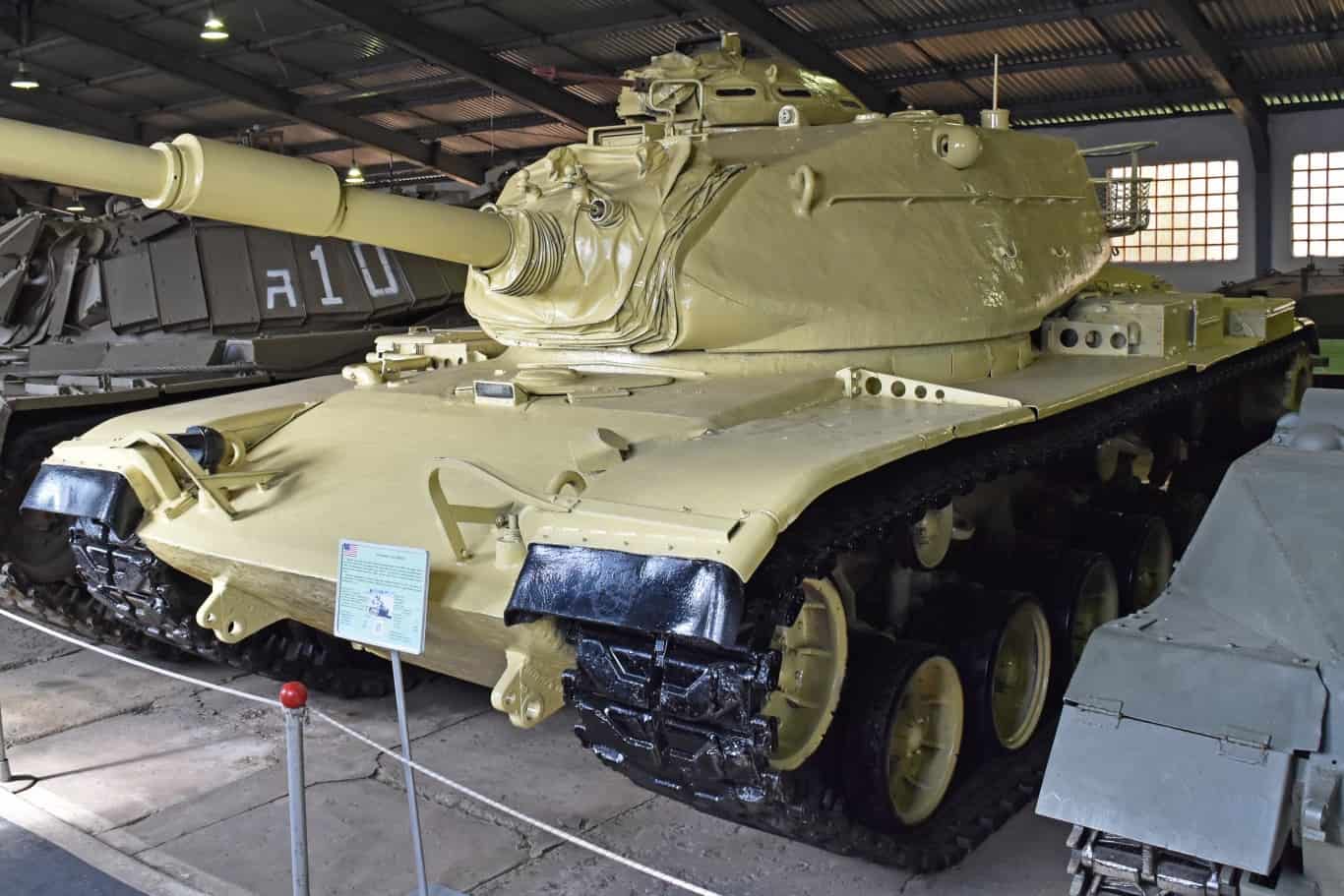
- Major Events: Withdrawal from African Colonies
- Nuclear Weapons: Yes
A Global Power
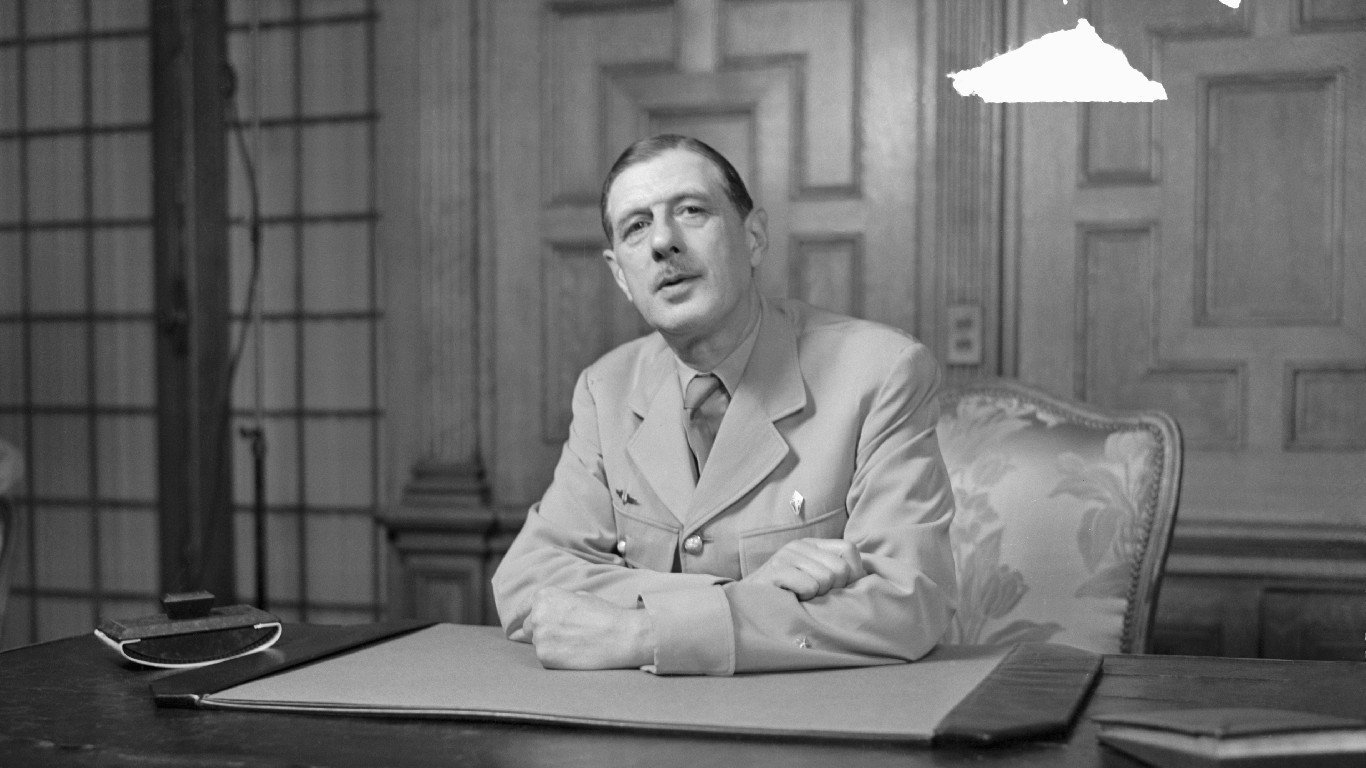
After a shellacking in WWII, France had a long way to go to rebuild, but travel they did. Under the leadership of Charles de Gaulle, the president of the French Republic, France initiated massive projects to rebuild their country while concentrating their forces within their borders. This concentration was due to them pulling out of almost all of their African colonies (although they still supported many of them militarily). Additionally, France began its own atomic program, which is today still the fourth largest nuclear force in the world.
4. The UK
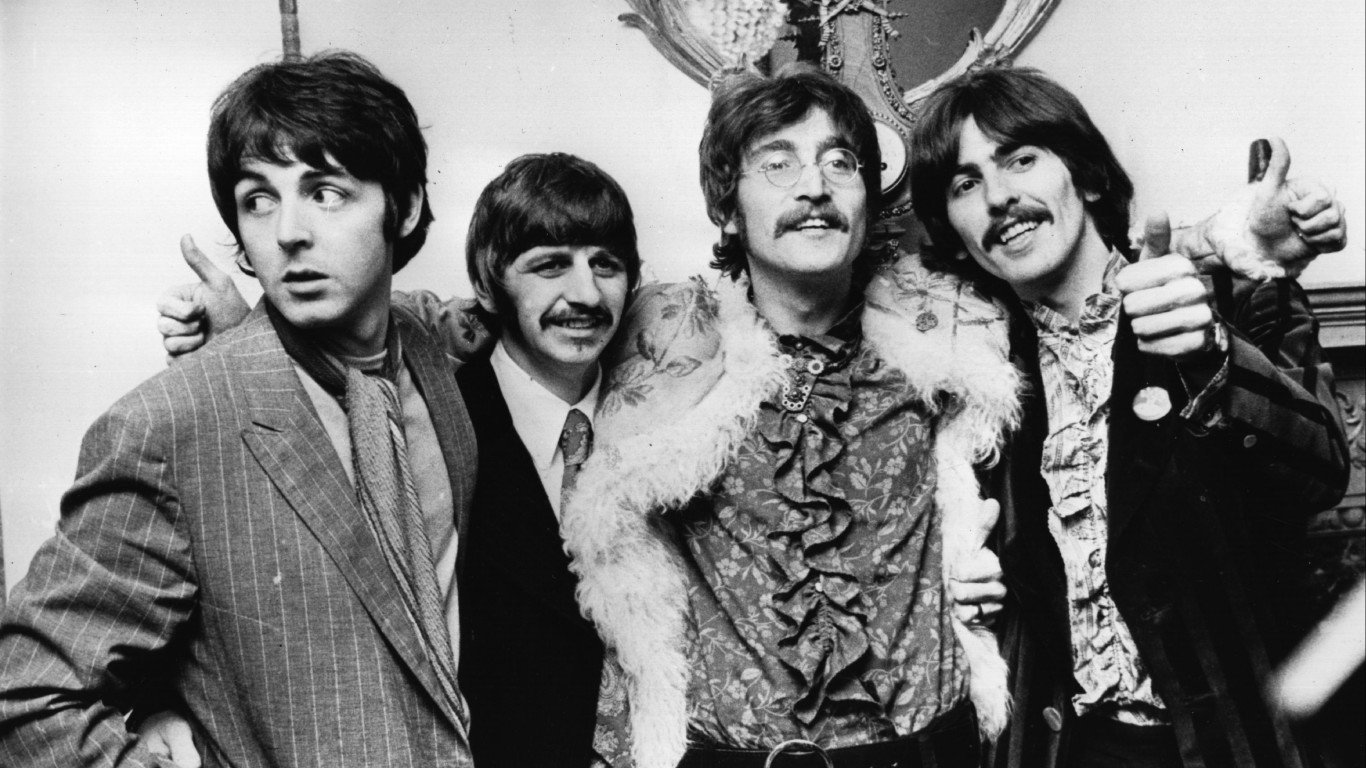
- Major Events: Economic Prosperity, Loss of Superpower Status
- Nuclear Weapons: Yes
Peaked, but Powerful
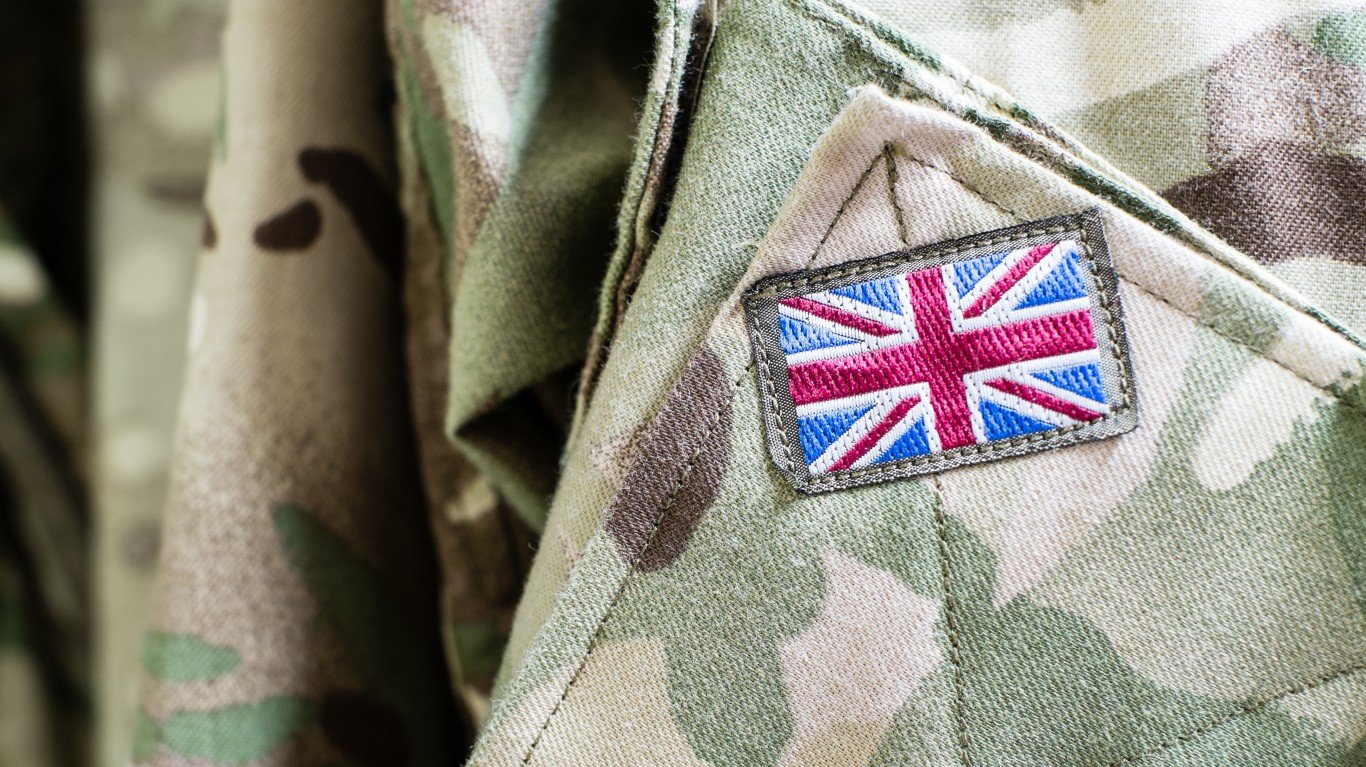
While England progressed rapidly in the social sphere in the post-WWII climate, it was the clear beginning of the end for this once dominant global powerhouse. While the UK had been the preeminent power for hundreds of years, pulling out of most major colonies and the rise of other major powers meant the UK was taking a back seat. Still, the UK had major forces around the world and was the third country to gain access to nuclear weaponry.
3. China
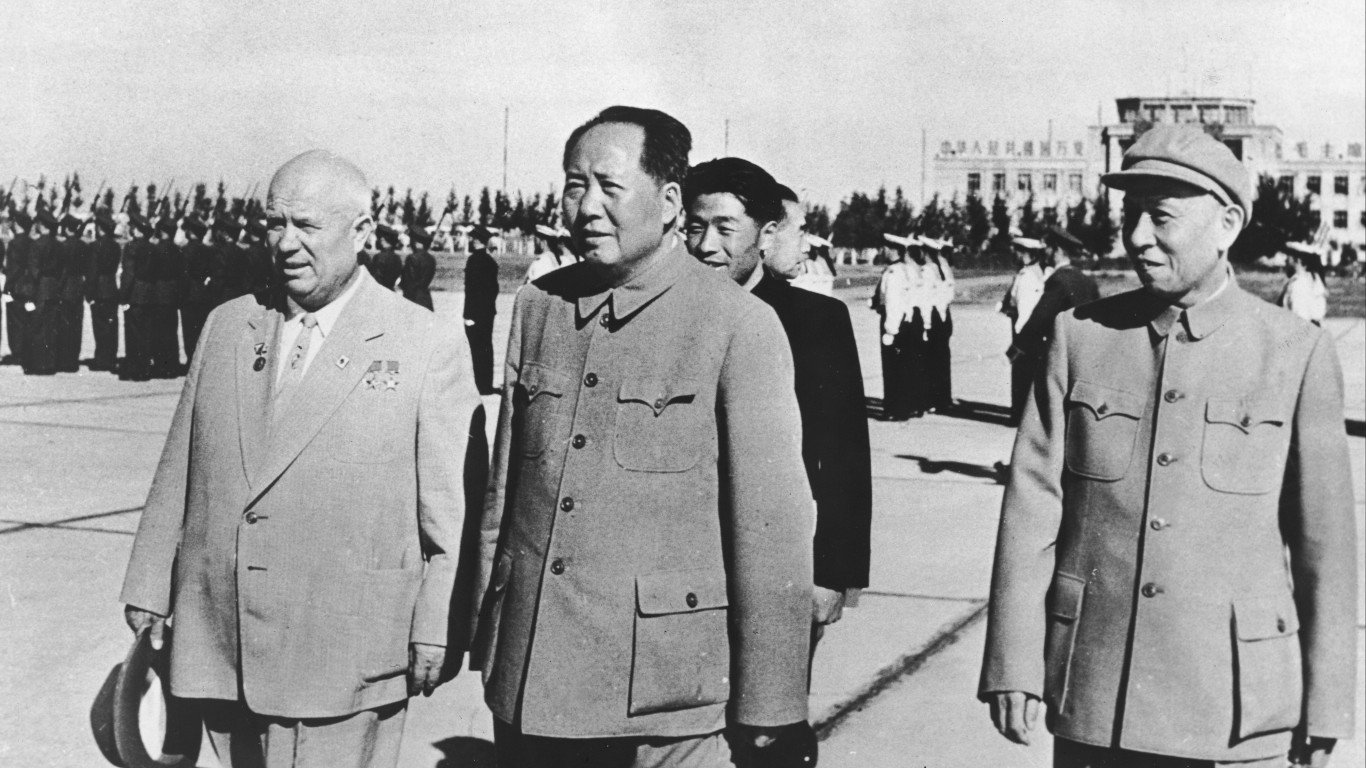
- Major Events: Great Proletarian Cultural Revolution
- Nuclear Weapons: Yes
A Rising Star
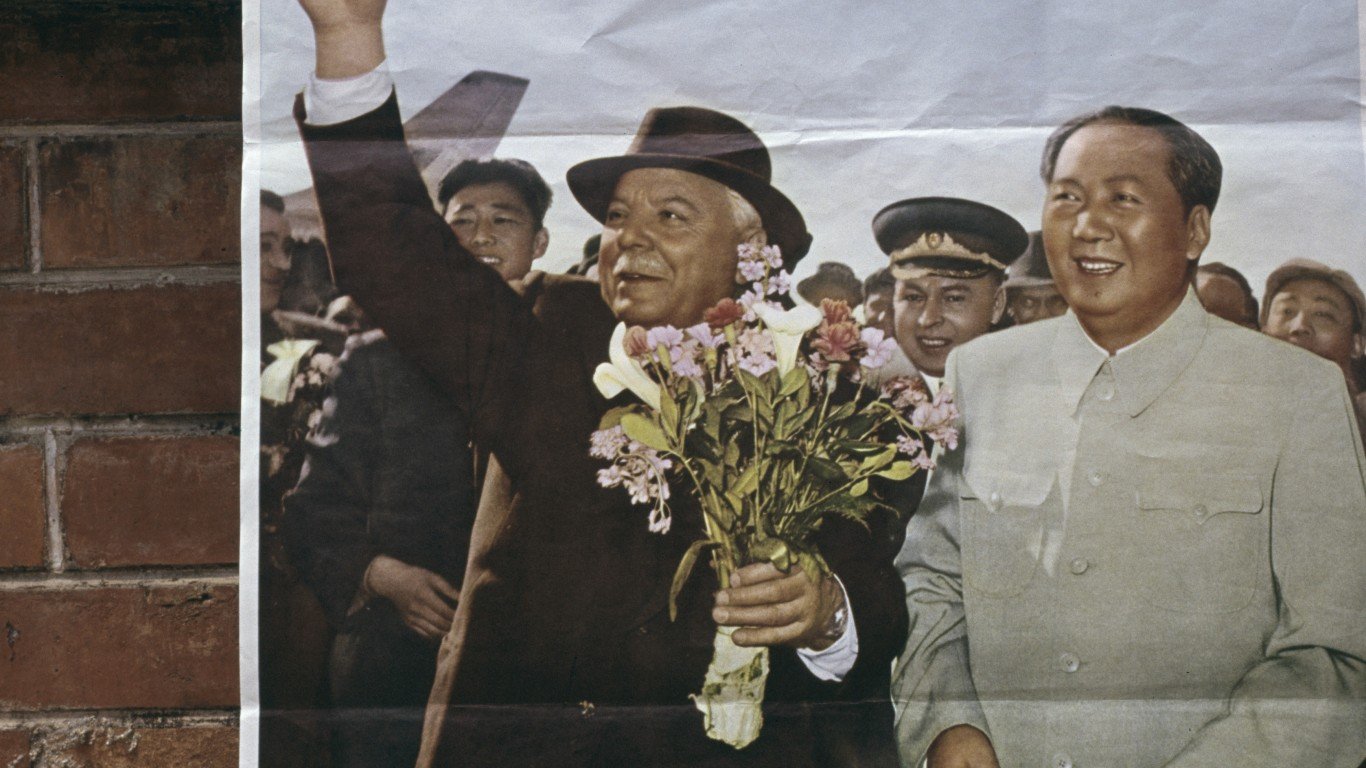
China’s rocket to the top as a world power today really began in the aftermath of WWII. After being ransacked by Japan and with a population nearing a billion, the country was poised for growth. The revolution began in 1966 with Mao Zedong, resulting in the death of millions but setting the stage for rapid growth in the ’80s (after major economic reform). Despite much of its population living in poverty, China’s rise to today’s number two spot clearly began in the ’60s. One example of China’s growing power is the Sino-Indian War, where China won a border dispute with India and then declared a ceasefire. This came in light of the rapid modernization of China’s military, the last of the Four Modernizations. China gained access to nuclear weaponry in 1964.
2. The Soviet Union
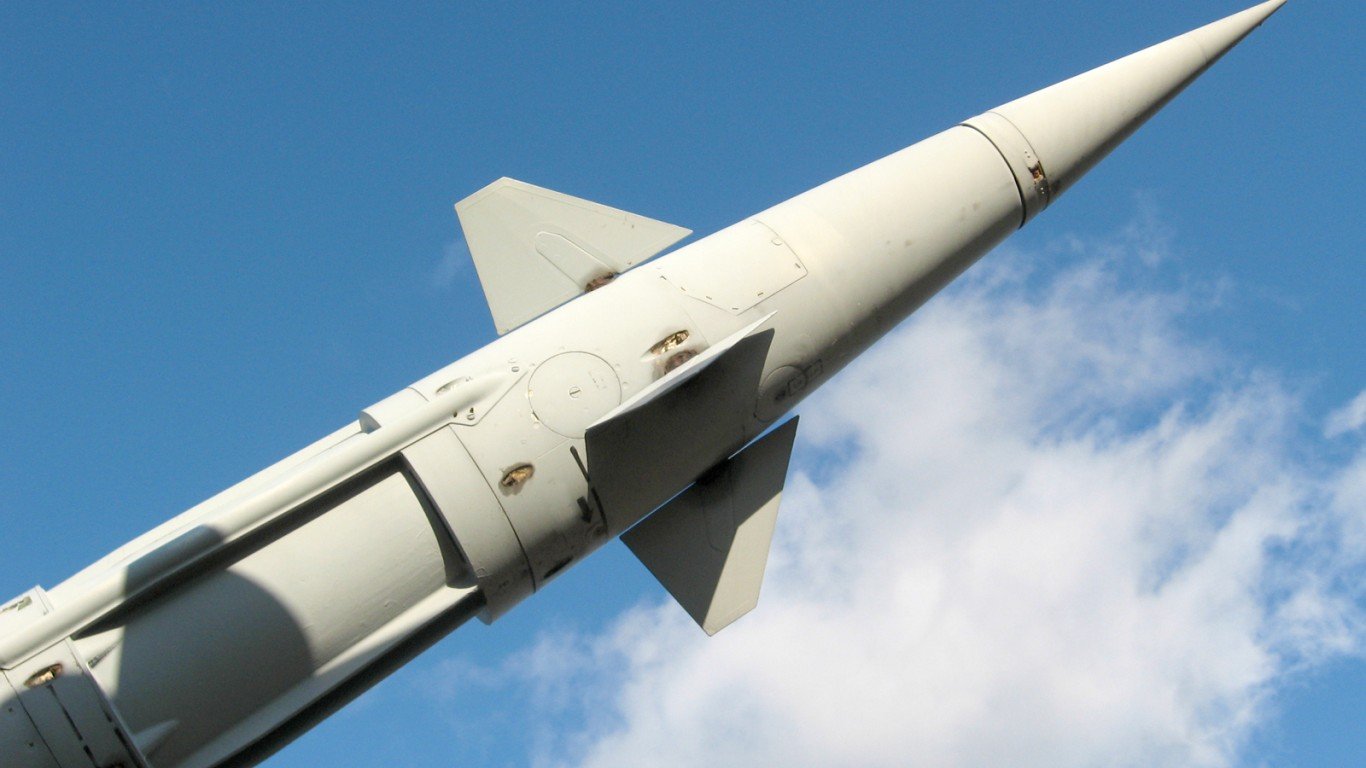
- Major Events: First Manned Orbital Flight, Cuban Missile Crisis,
- Nuclear Weapons: Yes
Seemingly Unstoppable
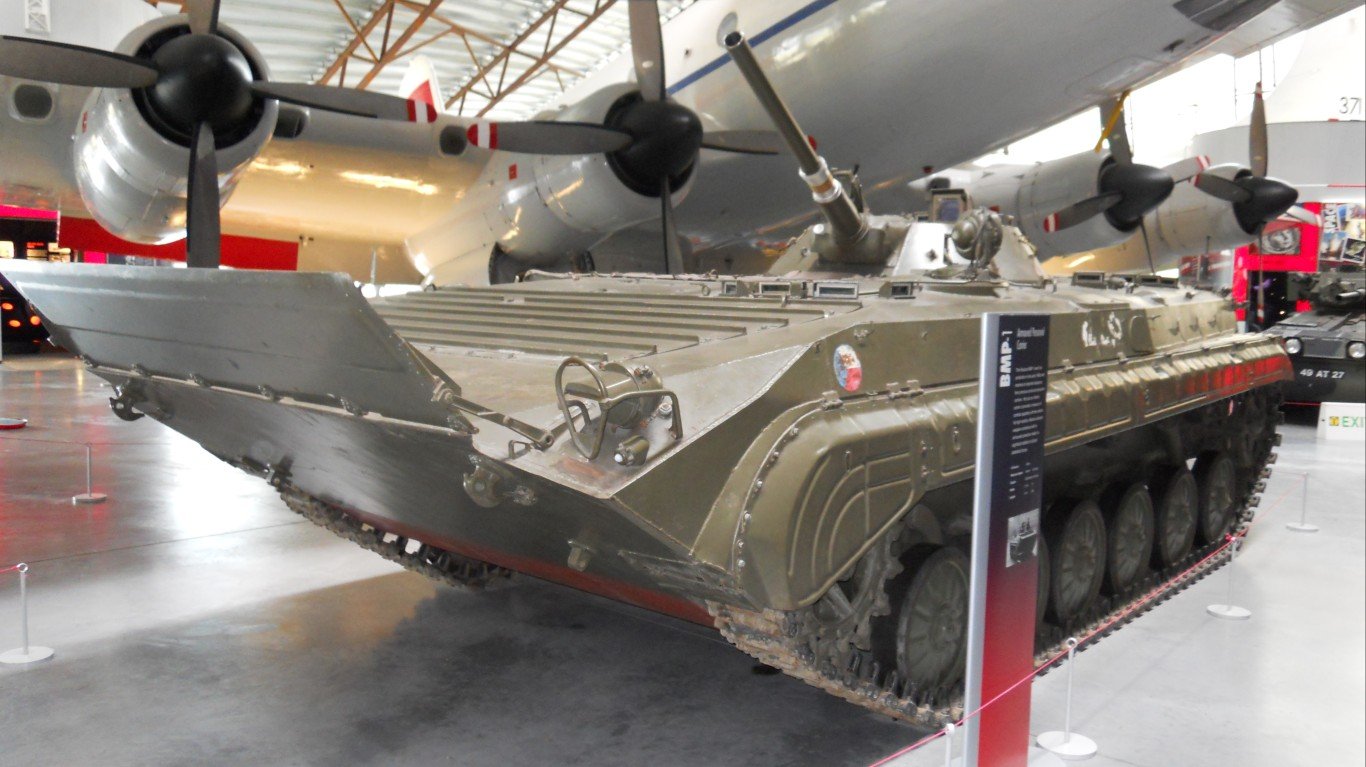
From the ’50s through the ’60s, the Soviet Union reached what many consider to be its economic and military peak. During this time (before the “Era of Stagnation”), the USSR was equaling or outpacing the United States in many capacities, being the first for many space ventures and establishing a massive, robust military that far surpassed that of the United States in raw manpower. This sheer size, however, would be part of the downfall of the USSR, especially when compared to the much leaner and more efficient military of the United States. For reference, the ground forces of the USSR were something like 2.8-5.3 million men, sustained for over forty years. Additionally, the USSR had a massive nuclear stockpile and was the second country to gain access to that type of firepower.
1. The United States
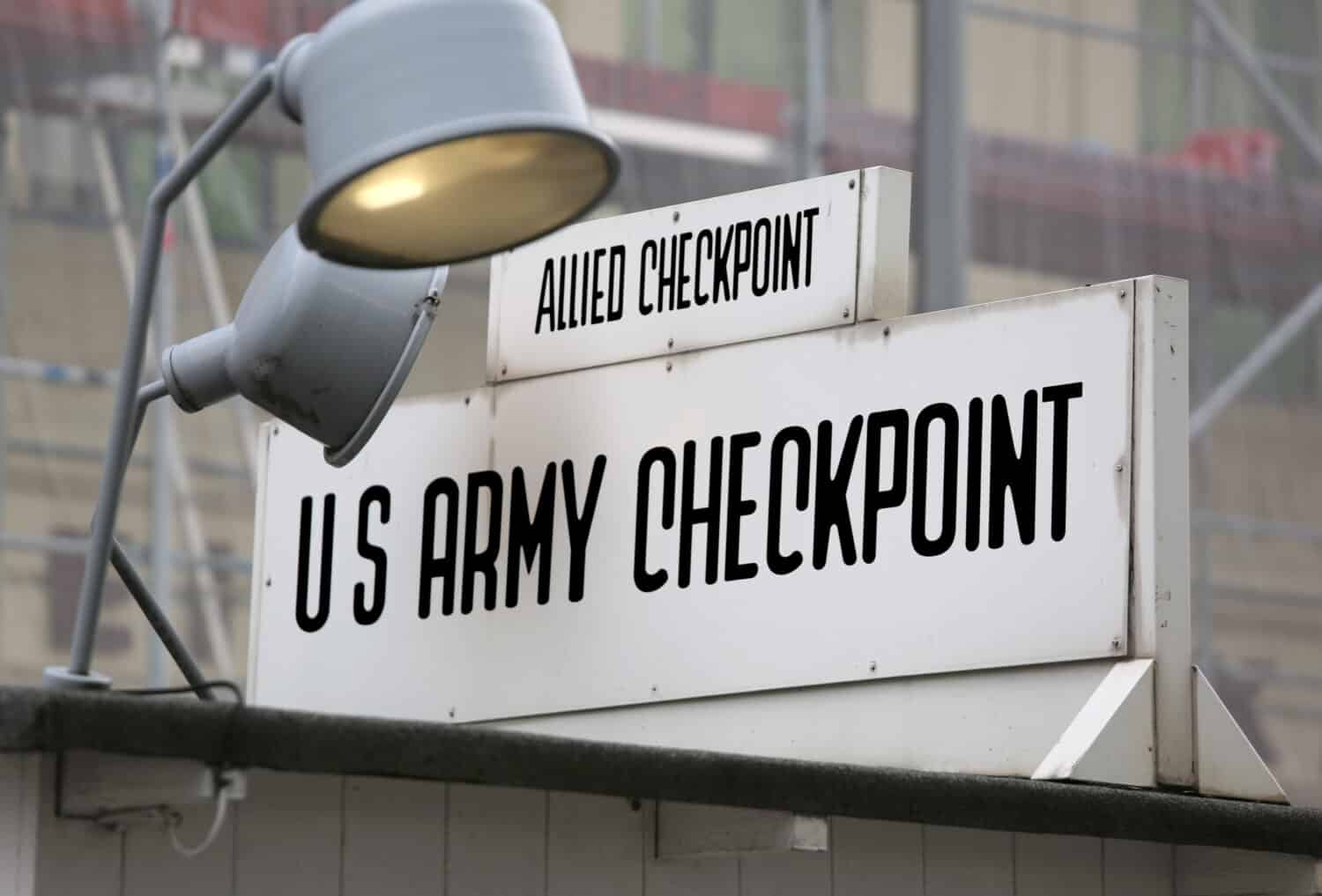
- Major Events: Man on the Moon, Cuban Missile Crisis, Vietnam War
- Nuclear Weapons: Yes
Global Domination
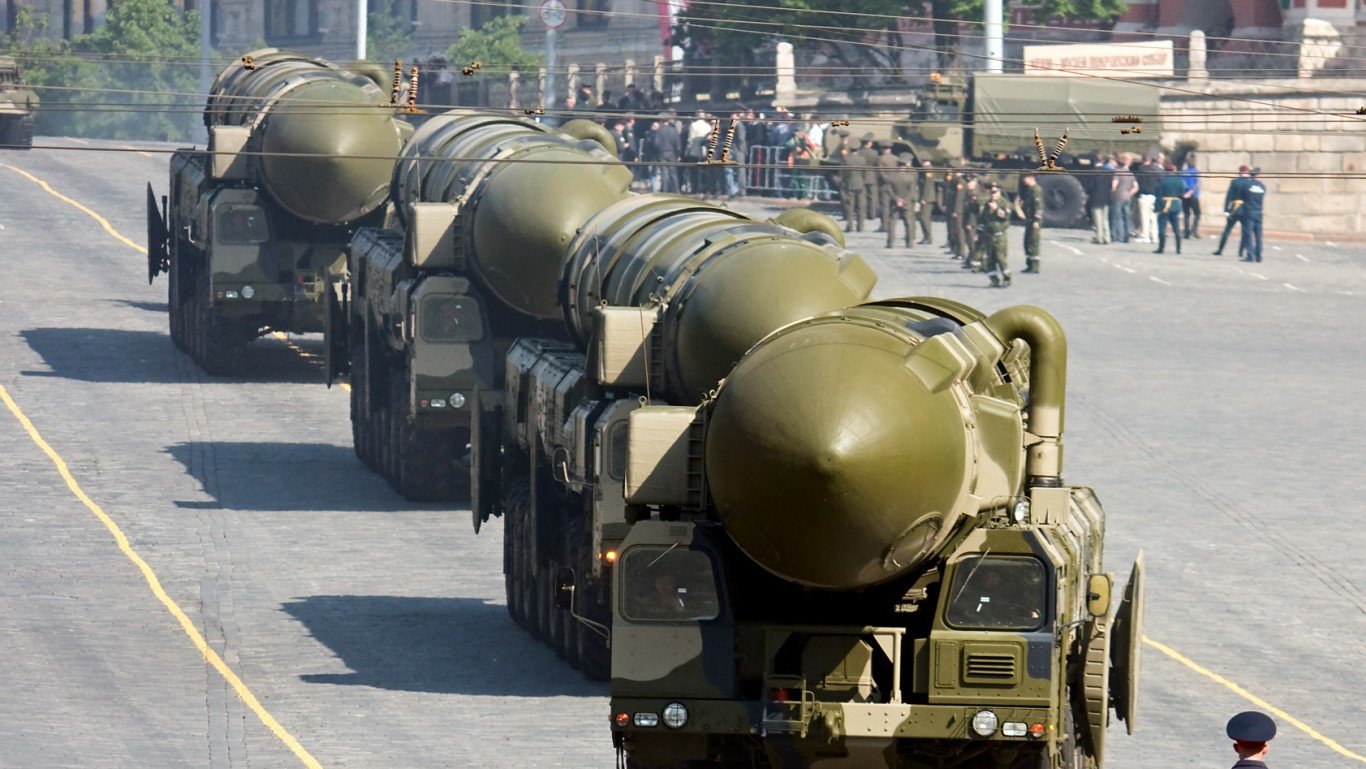
The United States emerged from WWII relatively unscathed compared to the rest of the world. At the same time, the U.S. was ready to deal, loaning money to the countries needing to rebuild, establishing allied networks across the world, and investing heavily in military forces. Additionally, the U.S. presence in Vietnam allowed for the deployment and continued investment into the military, along with practical experience in logistics and multi-domain warfare (air, land, and sea). While the USSR invested in expansive manpower and sheer numbers to fend off a potential invasion from NATO across its border, the U.S. invested in extremely advanced gear and operated a leaner, more specialized military. Even today, these differences in approach can be seen between Russia and the United States, as the U.S. has the most advanced military in the world, while Russia has many more tanks and aircraft, most of which are decades old.
Take This Retirement Quiz To Get Matched With A Financial Advisor (Sponsored)
Take the quiz below to get matched with a financial advisor today.
Each advisor has been vetted by SmartAsset and is held to a fiduciary standard to act in your best interests.
Here’s how it works:
1. Answer SmartAsset advisor match quiz
2. Review your pre-screened matches at your leisure. Check out the
advisors’ profiles.
3. Speak with advisors at no cost to you. Have an introductory call on the phone or introduction in person and choose whom to work with in the future
Take the retirement quiz right here.
Thank you for reading! Have some feedback for us?
Contact the 24/7 Wall St. editorial team.
